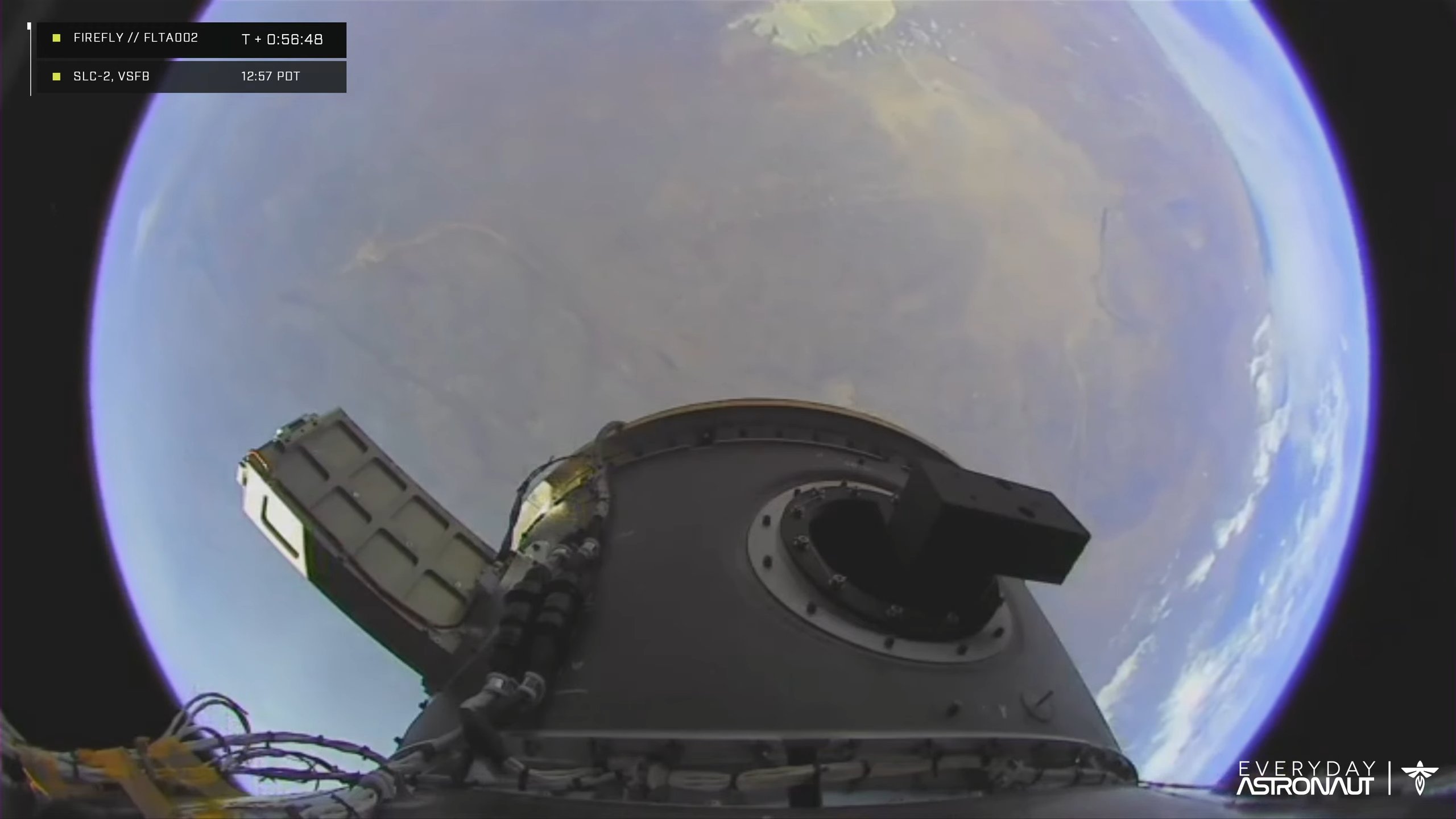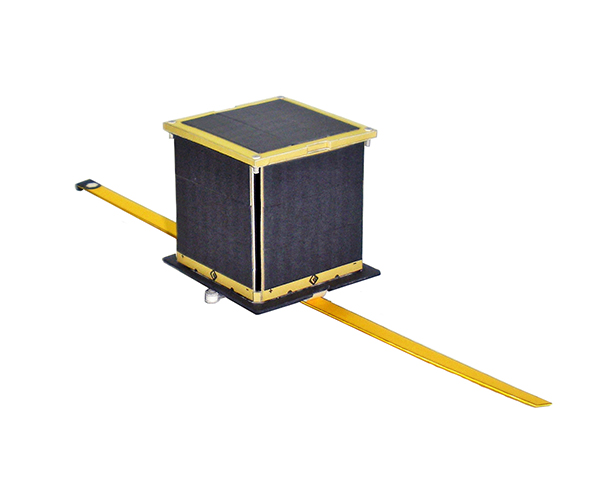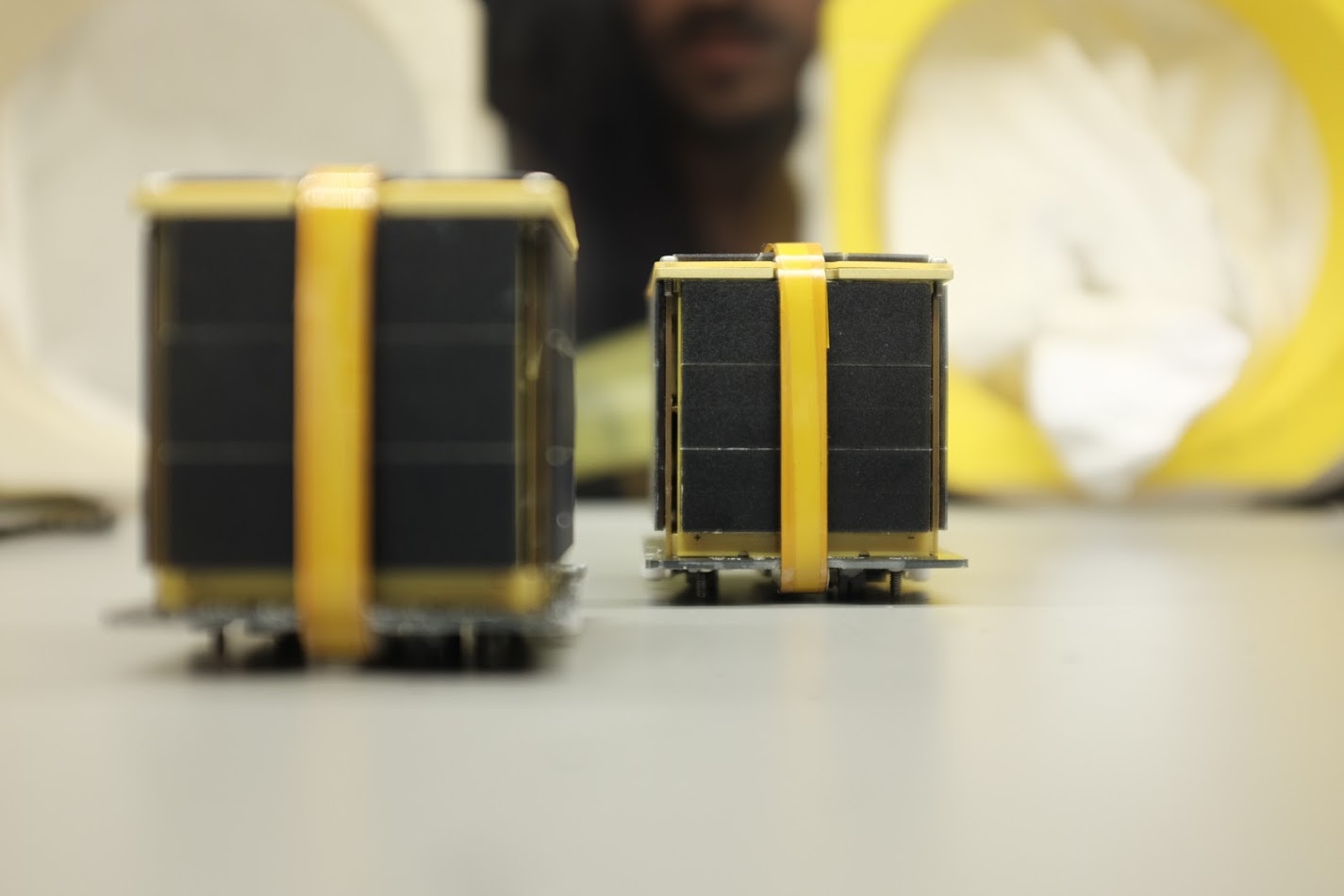Tag: Qubik

…And we are back in Space!
On the 1st of October 2022 and at 07:01 UTC, Libre Space Foundation’s QUBIK mission made it to space! Launched onboard Firefly Aerospace’s Alpha Flight 2, #ToTheBlack. With this mission, Libre Space Foundation (LSF) returned to Space! ..and this is the story of the QUBIK mission. Picking up the thread of the narration from the…

Building paper models of the Qubik twin satellite mission, as we get ready for launch
Firefly Aerospace a few days ago announced the successful static fire test of the Firefly Alpha launch vehicle on its launchpad, preparing for its inaugural flight. On the final stage of this rocket, Firefly Aerospace engineers have integrated PicoBus, Libre Space Foundation’s open-source hardware PocketQube class satellite deployer, hosting several satellites including Qubik 1 and…

The QUBIK Mission: Ready for orbit
Libre Space Foundation (LSF) is devoted to designing and building open-source space technologies. We always support and promote space exploration, scientific research and knowledge. For the past year, we have been working hard on the QUBIK mission to create a platform on which a series of amateur radio experiments will be conducted, upon the mission’s…
The QUBIK Project: The progress so far
Libre Space Foundation is devoted to the vision of open-source technologies in space, and for this, we often join forces with researchers, individuals, and teams who share this vision with us. One exciting project we have taken up is the QUBIK Project. A few words about the Project Our love for space has brought us…
LSF head back to Orbit with the Qubik Mission
Libre Space Foundation is proud to announce that it is currently developing and integrating 2 pocketqube satellites (QUBIK-1 & QUBIK-2) and supplying a pocketqube deployer (PICOBUS) to be flown as part of the DREAM payloads program on the inaugural Firefly Alpha launch from Firefly Aerospace. Scheduled for launch around the end of the first quarter…